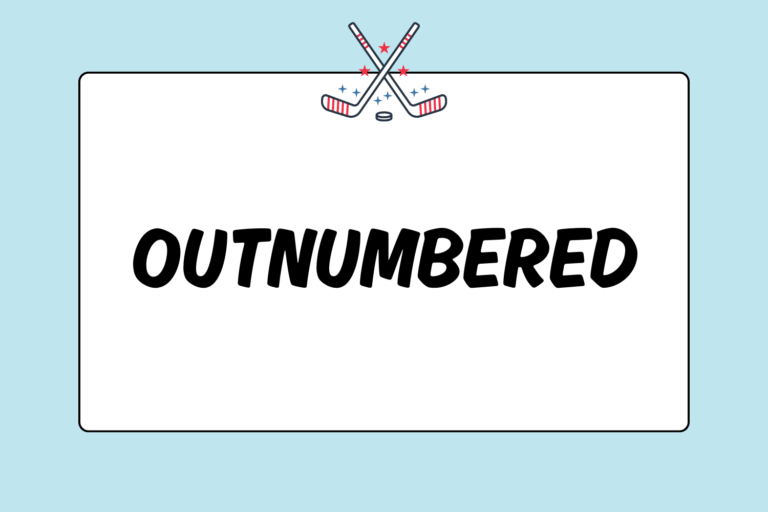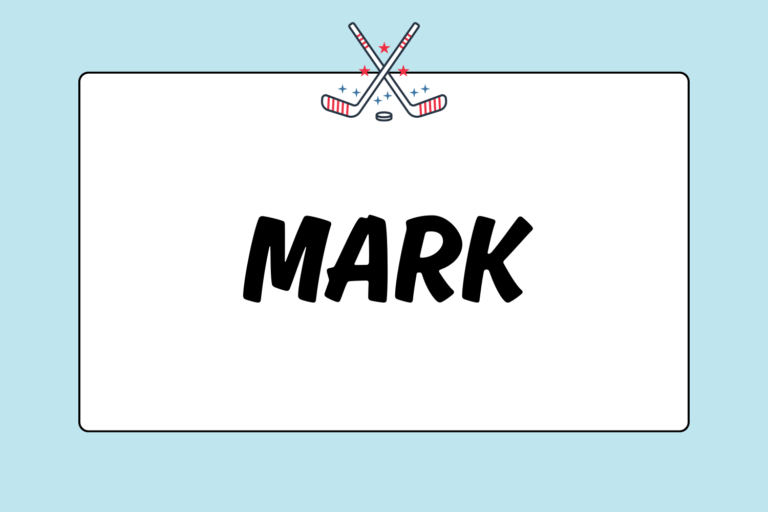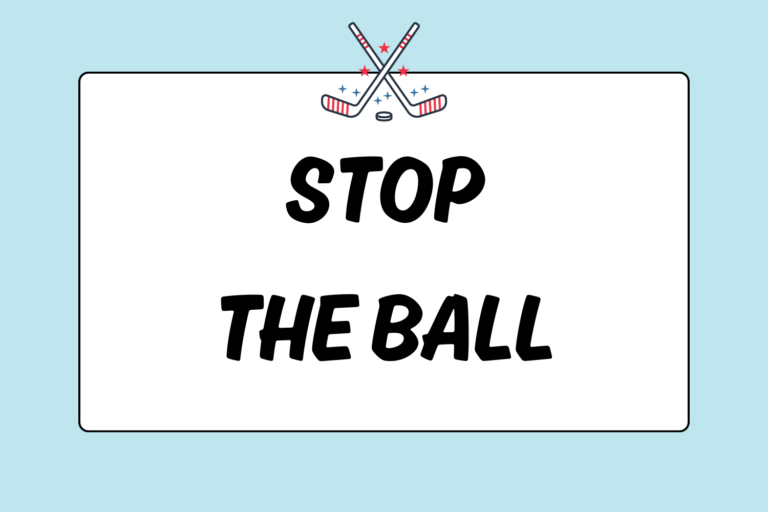Leg guards and kickers are as important to a goalie as a stick is to a field player. With this equipment, the goalie is able to make saves and clear the ball out of the defensive zone.
The leg guards are used to protect your lower leg from your ankle to the top of your knee. Kickers protect your feet and shins, and are generally sold paired with leg guards. This guide will cover the different aspects to consider before buying your leg gear.
Sizing
Purchasing correctly sized leg guards and kickers are as important as finding the right sized shoe.
Leg Guards
| Player Height | Leg Guard Size |
| Up to 4 feet, 11 inches | Extra, extra small |
| 4 feet, 11 inches to 5 feet, 1 inch | Extra small |
| 4 feet, 11 inches to 5 feet, 4 inches | Small |
| 5 feet, 2 inches to 5 feet, 8 inches | Medium |
| 5 feet, 8 inches and up | Large |
A leg guard covers the front of your leg and straps together behind your leg to offer the best fit. When purchasing a new pair of leg guards, make sure they fit comfortably around your legs and bond well with the kickers. Check out the sizing chart below to get a better idea of your leg guard size.
Kickers
| US Men Shoe Size | US Women Shoe Size | Kicker Size |
| 1 to 3.5 | 2 to 5 | Extra, extra small |
| 3.5 to 6 | 5 to 7.5 | Extra small |
| 4 to 6.5 | 5.5 to 8 | Small |
| 6.5 to 9.5 | 8 to 11 | Medium |
| 9.5 to 13 | 11 to 14.5 | Large |
Kickers cover your entire foot and only expose the sole and heel of each shoe. They are often sold paired with leg guards. Kickers that are too loose will cause your feet to fall out. If they are too tight, they will leave you feeling uncomfortable. So, make sure you review a sizing chart before purchasing any starter or packaged kit.
Features
The quality of any pads is reflected in the foam and style used to construct it. In leg guards, high density, durable foam is often used to reduce rebounds (balls that bounce off of your pads and back into play). By reducing the rebound, you’ll be able to simply knock the ball down and place it in front of you so you can clear it with your kickers.
For kickers, lightweight foam is often used to increase rebounds. As a goalie, your main responsibility is to clear the ball on the first touch. So, you want an increased rebound off that first kick.
Leg Guards
The main component to look for in leg guards is the foam of which it is made. The foam absorbs the shock from the shots, and it also helps to reduce how far the ball bounces off the pads. So, when figuring out which type of foam you want, it will be beneficial to be aware of certain characteristics:
- Heavy, stiff foam on the wings of the pads offer heightened control over ball direction. It also reduces rebounds.
- Lightweight foam on the inner layers allow for easier maneuverability and increased protection and easier maneuverability.
- Form-fitting, curved leg guards also allow for easier maneuverability.
- A wide face in the front of the leg guard offers more surface area for stopping the ball.
Kickers
There are three main parts to a kicker: The tongue, toe, and sweet spot. The tongue is tucked behind the leg guard and is used to protect your ankle. The toe (front of the kicker) is angled upwards to provide more surface area for stops made with the front of the foot. The sweet spot is the inside of the kicker (like the inside of your foot) and is the main area used to stop and clear the ball.
The features to look for in kickers are:
- Large “sweet spots” on the inside of the foot give you more surface area to make your stops and kick the ball.
- Lightweight foam increases rebounds. That is, it helps you kick the ball further when clearing it out of the zone.
- Flexibility in the shoe allows for easy mobility.
Please see our guide How to Take Care of Your Goalie Gear, for information on how to mold your newly purchased kickers.
Hot Tip: Spend More for Quality
If you plan to stick with the sport, it is better to buy high-quality leg guards and kickers. If you buy the higher priced leg gear, you will have to spend more initially (high-quality leg gear can cost anywhere from $200 to $500), but it will save you money in the long-run because the gear will last longer and improve your game.
Buy It
The best place to buy leg guards and kickers is from a distributor that specializes in making goalie gear. You can usually find the best merchandise and price online. And don’t worry, most companies offer free shipping on goalie gear.
If you are unsure whether you are going to play goalie for a long time, buy a starter kit. These kits are significantly less expensive and will provide you with the basic equipment — leg guards, kickers, hand protectors, chest protector, leg protector, bag, and helmet — for about $500. So no matter your budget, situation, or preference, there are options for you!





